Best Seasons for Foundation Repairs
Foundation repairs are most effective when performed during specific seasonal conditions that minimize soil movement and moisture fluctuations. Typically, the optimal times are during periods of moderate weather, avoiding extreme cold or heat. Spring and fall often provide ideal conditions due to stable soil moisture levels and milder temperatures, which help ensure the longevity of repairs.
Spring offers moderate temperatures and increased soil moisture, making it suitable for foundation work. Repair projects can benefit from the soil being less compacted and more pliable.
Fall provides cooler temperatures and typically stable soil conditions, reducing the risk of soil expansion or contraction that can affect foundation stability.
Summer heat and winter cold can cause soil to expand or contract rapidly, which may compromise foundation repairs. Scheduling during milder seasons helps achieve better results.
Consistent soil moisture levels are crucial for foundation repair success. Repair timing should consider recent rainfall patterns to avoid working during overly wet or dry periods.
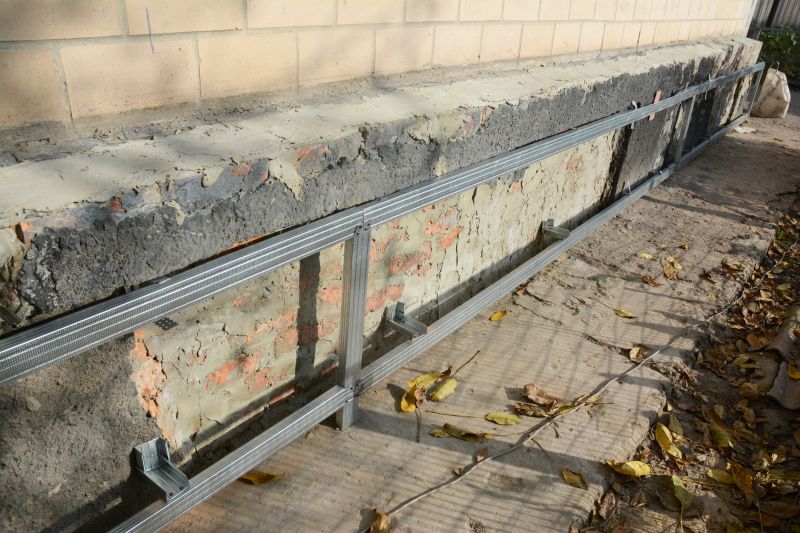
Springtime conditions support effective foundation stabilization.

Fall offers stable soil and moderate temperatures for repairs.

Mild weather minimizes soil movement, ensuring durable repairs.
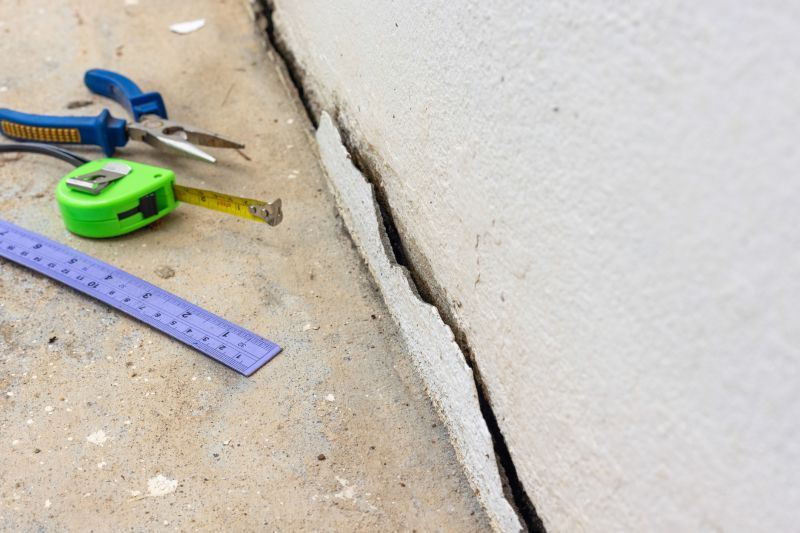
Ways to make Foundation Repairs work in tight or awkward layouts.

Popular materials for Foundation Repairs and why they hold up over time.
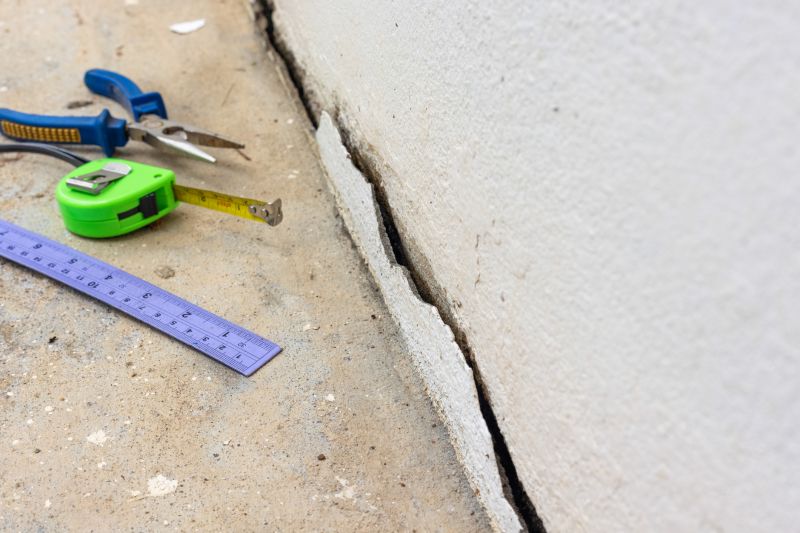
Simple add-ons that improve Foundation Repairs without blowing the budget.
| Season | Optimal Repair Conditions |
|---|---|
| Spring | Moderate temperatures and moist soil support effective repairs. |
| Summer | High temperatures and dry soil can hinder repair work. |
| Fall | Cooler temperatures and stable soil conditions are ideal. |
| Winter | Cold weather and frozen ground make repairs challenging. |
| Late Spring/Early Fall | Transition periods with favorable soil and weather conditions. |
Foundation repairs are essential for maintaining structural integrity and preventing further damage. Addressing foundation issues promptly can save costs and prevent more extensive repairs in the future. The timing of repairs plays a crucial role in their success, as soil conditions and weather patterns directly impact the stability and durability of the work performed. Properly scheduled repairs during optimal seasons can lead to longer-lasting results and minimize disruptions.

Professional foundation stabilization techniques.
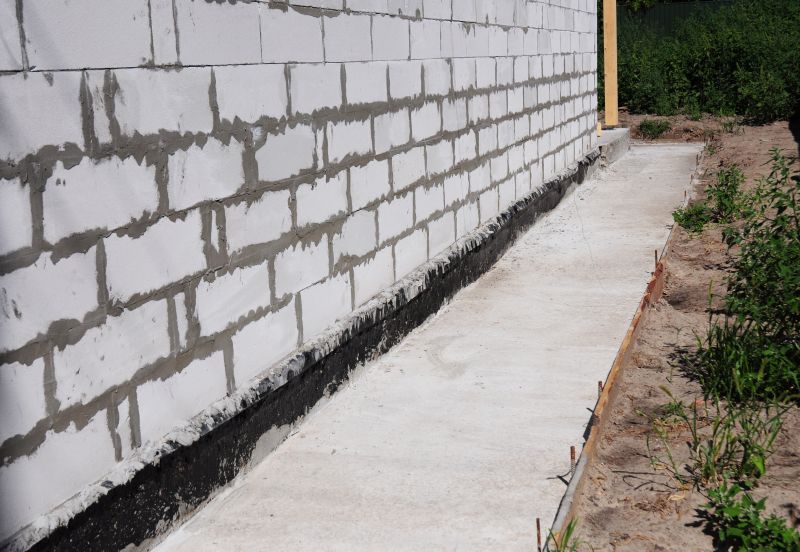
Ensuring soil conditions support foundation health.
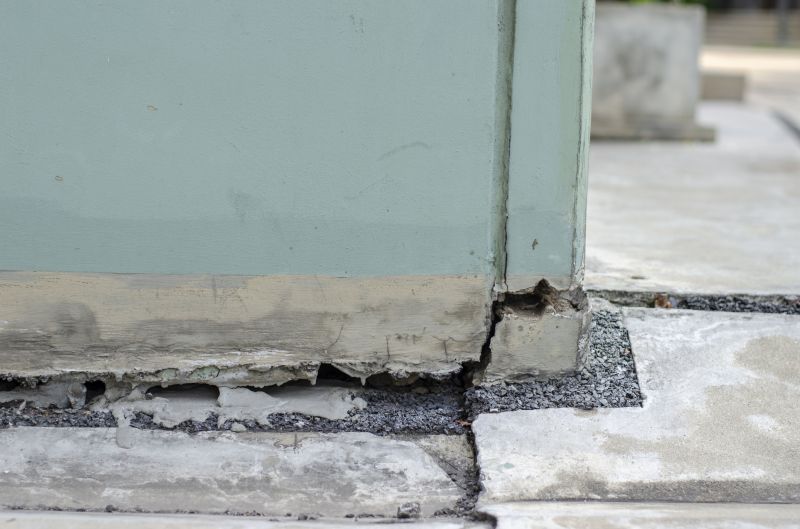
Assessing the durability of foundation repairs.
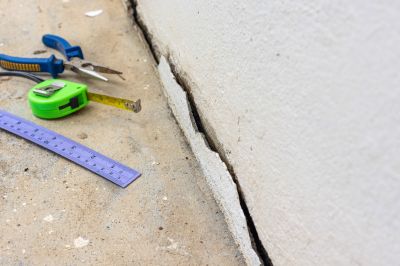
Sealing and reinforcing cracks for stability.
Costs vary based on the extent of damage, repair method, and seasonal timing. Planning repairs during optimal weather can reduce unforeseen complications.
Cracks in walls, uneven floors, and sticking doors may indicate the need for repairs.
Regular inspections can identify early signs of foundation movement, allowing for timely repairs.
Select experienced professionals to ensure quality repairs and proper timing.
Proper scheduling of foundation repairs enhances their effectiveness and longevity. Consulting with foundation specialists can help determine the best time for repairs based on local climate patterns and soil conditions. Early intervention during suitable seasons can prevent costly structural issues and maintain property value.
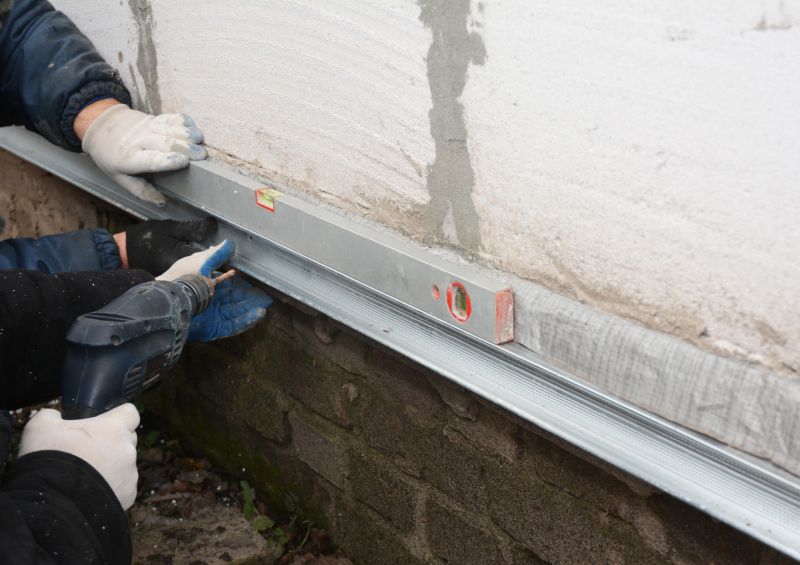
Step-by-step stabilization techniques.
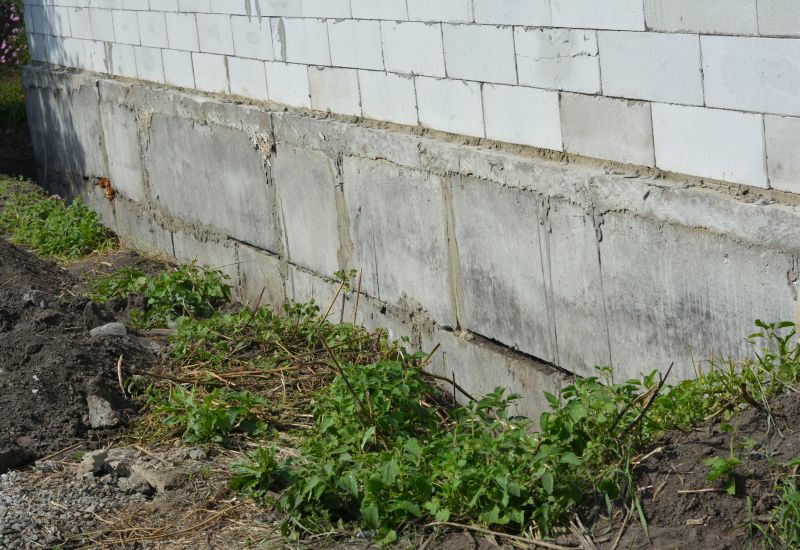
Visual evidence of foundation stabilization.
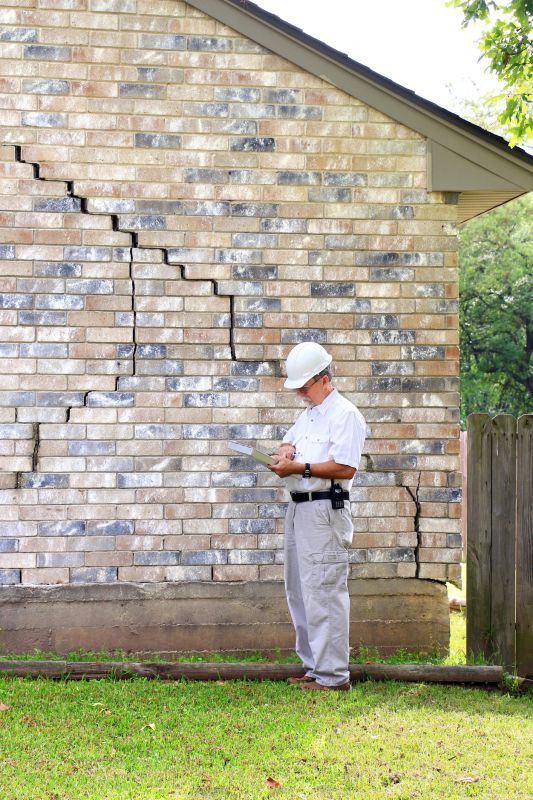
Professional assessment of foundation health.
Interested property owners are encouraged to contact professionals to discuss the best timing for foundation repairs. Proper scheduling ensures the work is effective and long-lasting, helping to maintain structural integrity and property value over time.

